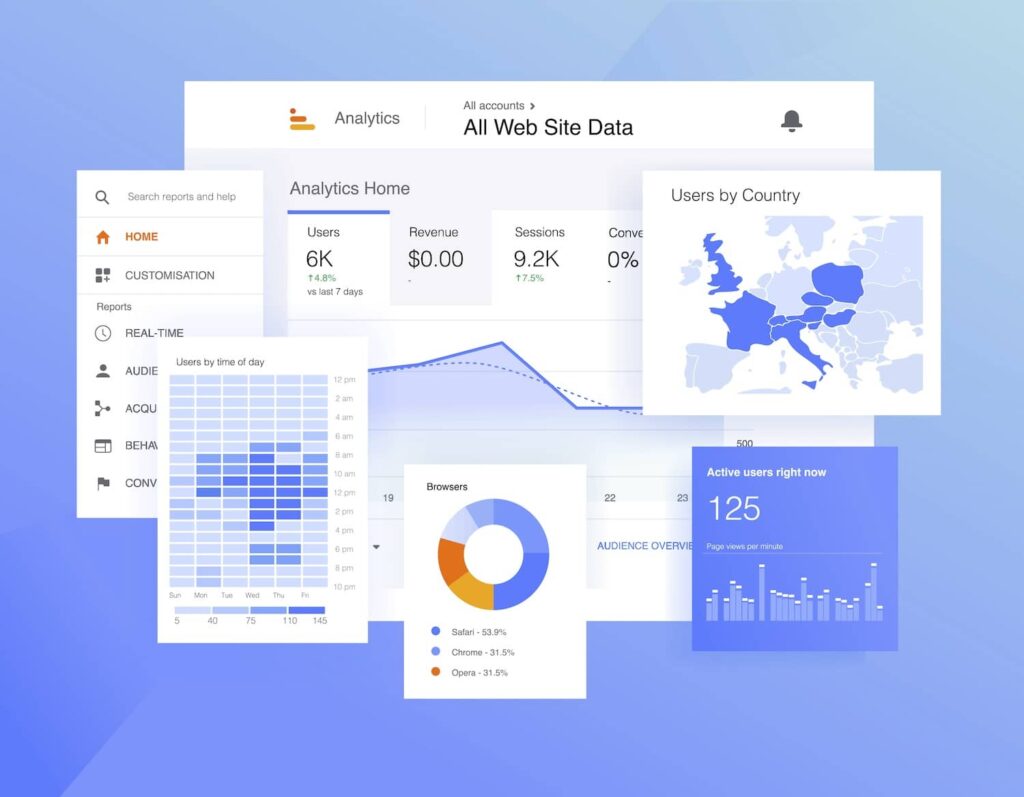Introducing the Impact of Additional Dimension in Google Analytics on Information Evaluation and Insights
In the world of information analytics, the application of secondary dimensions within Google Analytics has actually emerged as a critical tool for drawing out much deeper understandings and unraveling complicated patterns that could or else remain obscured. By peeling off back the layers of key data sets, secondary dimensions use a nuanced perspective that improves the understanding of individual habits, web site performance, and the efficiency of marketing strategies. Nevertheless, real impact and untapped potential of second dimensions are typically taken too lightly, outweighed by the attraction of key metrics. As we navigate via the detailed landscape of data evaluation, the relevance of second measurements ends up being significantly evident, clarifying important details that hold the key to educated decision-making and strategic optimizations.
Exploring the Idea of Second Dimensions
Additional dimensions in Google Analytics supply additional understandings by permitting customers to assess primary data along with a secondary characteristic. This feature enables a more detailed understanding of the main data by including an additional layer of details for evaluation. By including additional measurements, customers can delve much deeper into the information and uncover useful relationships that may otherwise go unnoticed. By matching the primary data of internet site web traffic with additional measurements like demographics or habits, marketers can get an extra comprehensive view of their target market and tailor their strategies appropriately.
By discovering the different second measurements offered in Google Analytics, users can open brand-new understandings and optimize their digital advertising initiatives. In essence, second measurements offer as a powerful tool for improving information evaluation and driving actionable results.
Enhancing Information Interpretation With Second Dimensions
Having established the foundational understanding of additional measurements in Google Analytics and their essential duty in data evaluation, the focus currently shifts towards leveraging these second credit to improve the analysis of analytics data (what is a secondary dimension in google analytics). By including additional dimensions right into information analysis, analysts can gain much deeper insights into individual behavior, internet site efficiency, and marketing effectiveness

Additionally, additional dimensions help in contextualizing key data metrics by offering added layers of info. This contextualization aids in understanding the 'why' behind the information fads, assisting experts make notified choices and optimizations to enhance total efficiency. Inevitably, integrating second measurements enhances the information interpretation process, causing even more strategic activities and purposeful understandings.
Revealing Hidden Insights Through Second Dimensions
Exploring the midsts of analytics data with second dimensions exposes important insights that would certainly otherwise remain covered. By integrating second dimensions in Google Analytics, businesses can uncover hidden patterns, trends, and correlations that offer an even more detailed understanding of individual habits and site efficiency. These extra layers of information enable experts to delve much deeper into the key measurements, such as website traffic sources or landing pages, and gain an extra nuanced perspective on how various variables communicate with each other.
With using additional dimensions, experts can segment and contrast data throughout different measurements, enabling them to identify certain factors that affect individual interaction, conversion rates, and total success metrics. For example, by combining the key measurement of 'tool category' with the second measurement of 'age group,' marketers can determine which age demographics favor accessing the website via smart phones versus desktop computers. This degree of granularity empowers organizations to make data-driven decisions and maximize their approaches for better results. Eventually, discovering hidden insights with secondary dimensions improves the depth and precision of data evaluation, resulting in more informed decision-making and enhanced efficiency outcomes.
Leveraging Additional Dimensions for Actionable Analytics
Structure upon the insights introduced via second measurements in Google Analytics, organizations can now harness this enriched information landscape to drive actionable analytics and strategic decision-making. By leveraging second dimensions, companies can dive much deeper right into their data to remove useful patterns, fads, and connections that may have previously gone undetected. This deeper level of evaluation enables organizations to acquire a more extensive understanding of user actions, project efficiency, and total website effectiveness.
One secret benefit weblink of using additional measurements for workable analytics is the capacity to sector data based on specific standards. This segmentation enables companies to tailor their projects and strategies to different target market groups, leading to a lot more targeted and effective advertising and marketing efforts - what is a secondary dimension in google analytics. Additionally, secondary measurements supply a more all natural sight of individual communications, making it possible for businesses to enhance their web site material, layout, and total user experience
Making The Most Of Decision-Making With Second Dimensions
To enhance calculated decision-making in analytics, leveraging second measurements in Google Analytics can provide a much more nuanced viewpoint on individual actions and project performance. By including secondary dimensions right into data evaluation, services can dig deeper right into the specifics of their site visitors' interactions and engagement patterns. This additional layer of details enables a why not look here much more thorough understanding of just how different variables, such as demographics, devices, or website traffic sources, impact crucial efficiency indicators.

Conclusion
Finally, the usage of second measurements in Google Analytics plays an important role in boosting data analysis and uncovering surprise understandings. By discovering this concept, one can gain a deeper understanding of individual behavior and make informed choices based on workable analytics. Leveraging second dimensions enables a more thorough interpretation of data and optimizes the performance of decision-making processes.
